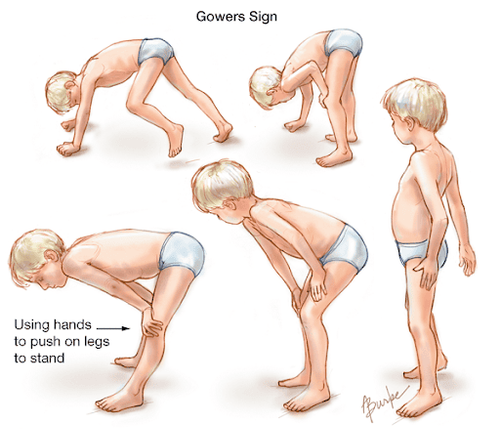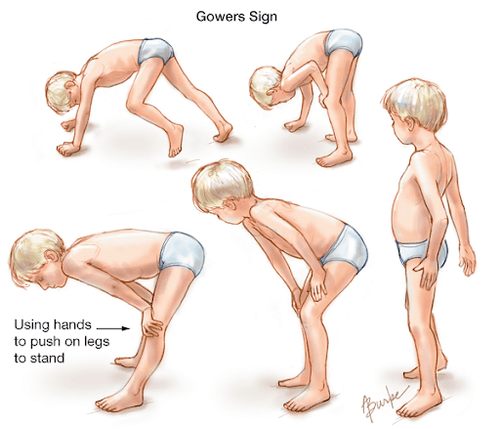This is an automatically translated article.
The article was written by Dr. Nguyen Huu Cong (Deputy Head of Department of Internal Neurology at Ho Chi Minh City Medical Staff Training Center)In the world literature, there is no "Delta muscular atrophy", only Delta muscle atrophy and this symptom is seen in many different diseases.
Examples include damage to the axillar nerve or compression of the C5 and C6 cervical roots. Delta muscle atrophy can also be caused by injection. But the most common cause of atrophy and weakness of the muscles of the shoulder (including the deltoid) are myopathies, which are primarily muscular dystrophies.
Deltoid fibrosis has been described around the world since the 1960s. Disseminated disease occurs in India, Taiwan, Japan, and is very rare in the United States. The disease is caused by fibrous bands located in the Delta muscle causing muscle contractions. The disease can cause symptoms of raised shoulder blades (scapular winging), which is known as "scapular wings" in folklore. Usually only on one shoulder, in very rare cases it affects both sides and also affects the buttocks and thighs. It is thought that the cause of the disease is injection into the Delta muscle of drugs such as penicillin, lincocin, streptomycin, vitamins and antipyretics. It is thought that some people may be more susceptible to drug-induced fibromyalgia than others. The treatment method is surgical removal of the fibrous bands that cause Delta muscle contraction.
However, most cases of weakness and atrophy of the shoulder muscles (including atrophy of the Delta muscles, "swallowing", weakness inability to raise the arms above the head...) are caused by muscle diseases and in These are particularly suspected to be muscular dystrophies. There is a group of muscular dystrophies, called limb girdle muscular dystrophies (LGMD) or facioscapulahumeral dystrophy. These diseases cause shoulder and chest symptoms and pictures as reported in the press. To diagnose these diseases, in Vietnam, we give patients a blood test for creatine kinase (CK) to see if it is elevated and electromyography (electromyography) to diagnose. These are tests that are very easy to perform. A series of large hospitals in Ho Chi Minh City and some hospitals in Hanoi can do it. To diagnose and classify the disease further, do muscle biopsy and genetic testing.

In a nutshell, there's no "false wing" disease, no Delta muscular atrophy, only crow-like symptoms and Delta muscular atrophy. There is Delta fibromyalgia, but it is rare. And most likely our patients have muscular dystrophy. The diagnosis is simple: Take the patient to a hospital equipped with an electromyogram. If CK and electromyography tests, along with a neurologist's examination, rule out the diagnosis of muscular dystrophy, then Delta fibromyalgia is considered and the patient is referred for surgery.













